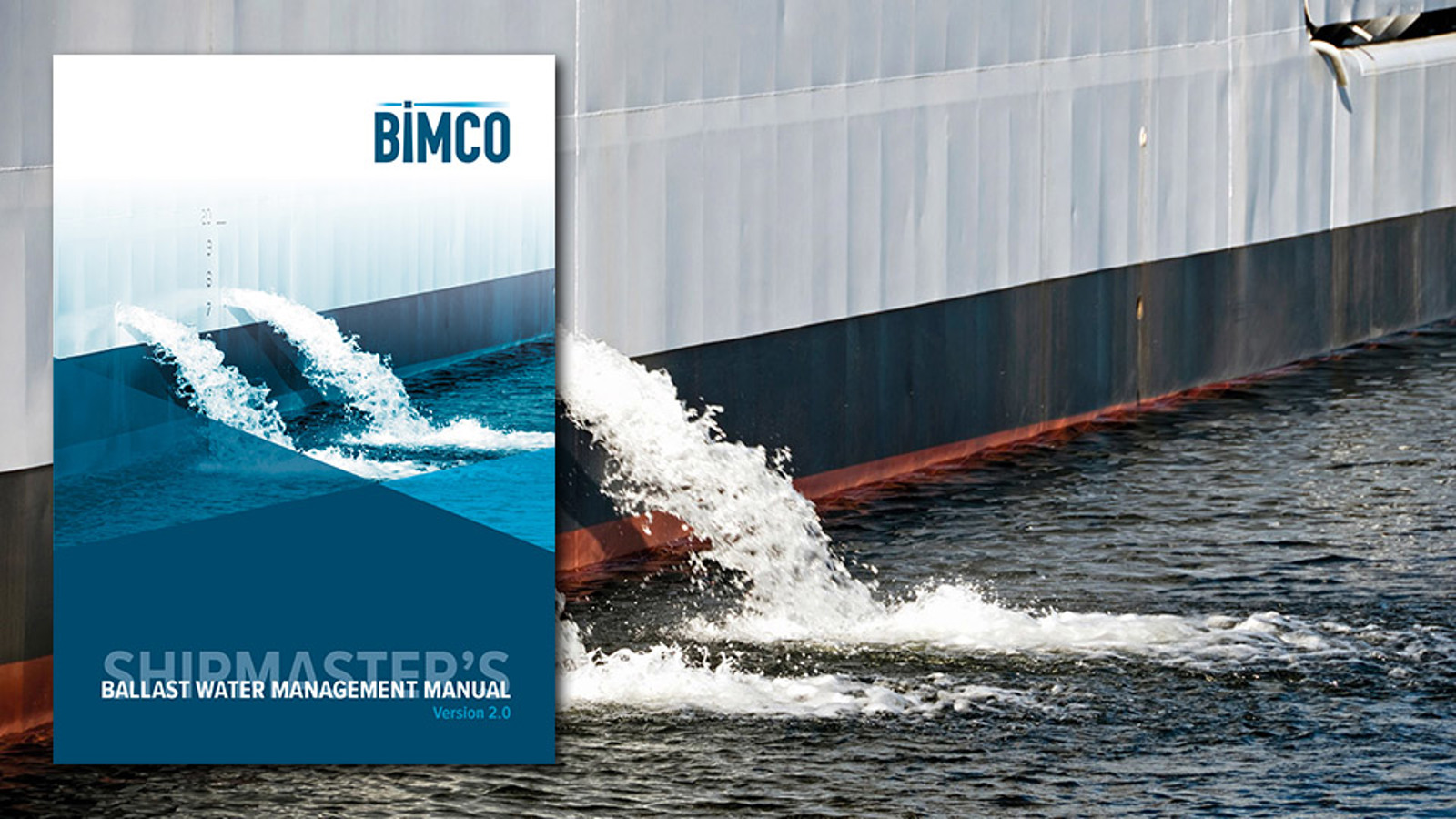The background for this publication is the new regulations relating to ballast water that have changed dramatically in recent years and the operational aspect of the running of a ship has undergone a major overhaul.
The background for this publication is the new regulations relating to ballast water that have changed dramatically in recent years and the operational aspect of the running of a ship has undergone a major overhaul.
What has not changed, is the need for ships’ compliance. Port state control regimes focus on the ship’s crew to check their understanding and how they apply new and existing regulations in their daily work. What the shipmaster needs here is a one stop shop where he can quickly get acquainted with the new changes in the regulations, check the ship for continued compliance and ensure inspection happens smoothly. The Shipmaster’s ballast water management manual is a tool that does just that.
The main elements of the Shipmaster’s Ballast Water Management Manual are:
- Overview of the regulation: The manual gives an overview of the regulations in an practical way, not just the International Convention for the Control and Management of Ships' Ballast Water and Sediments (IMO BWM convention), but also the US ballast water regulations and all the relevant circulars and guidelines associated with it. The US part was not included in the first version. This manual should assist the shipmaster and the officers to feel at ease with the new changes.
- Checklist: The ballast water management compliance checklist included in this manual helps to ensure relevant aspects of BWM have been covered on the ship.
- Planning for compliance: The Chapter on “Planning for compliance” gives an opportunity to the shipmasters to review their safety management system (SMS) and see if all aspects of ballast water management are properly covered in it.
- Quick reference: At times, during PSC or other inspections, a quick reference to a relevant circular or a guideline may be required. The circulars and guidelines contained in this manual come in handy to a Master during those stressful times.
This manual was first published in 2017, before the entry into force of the IMO BWM convention. It is now in its 2nd version, where a number of new topics have been added and the old information completely updated.
